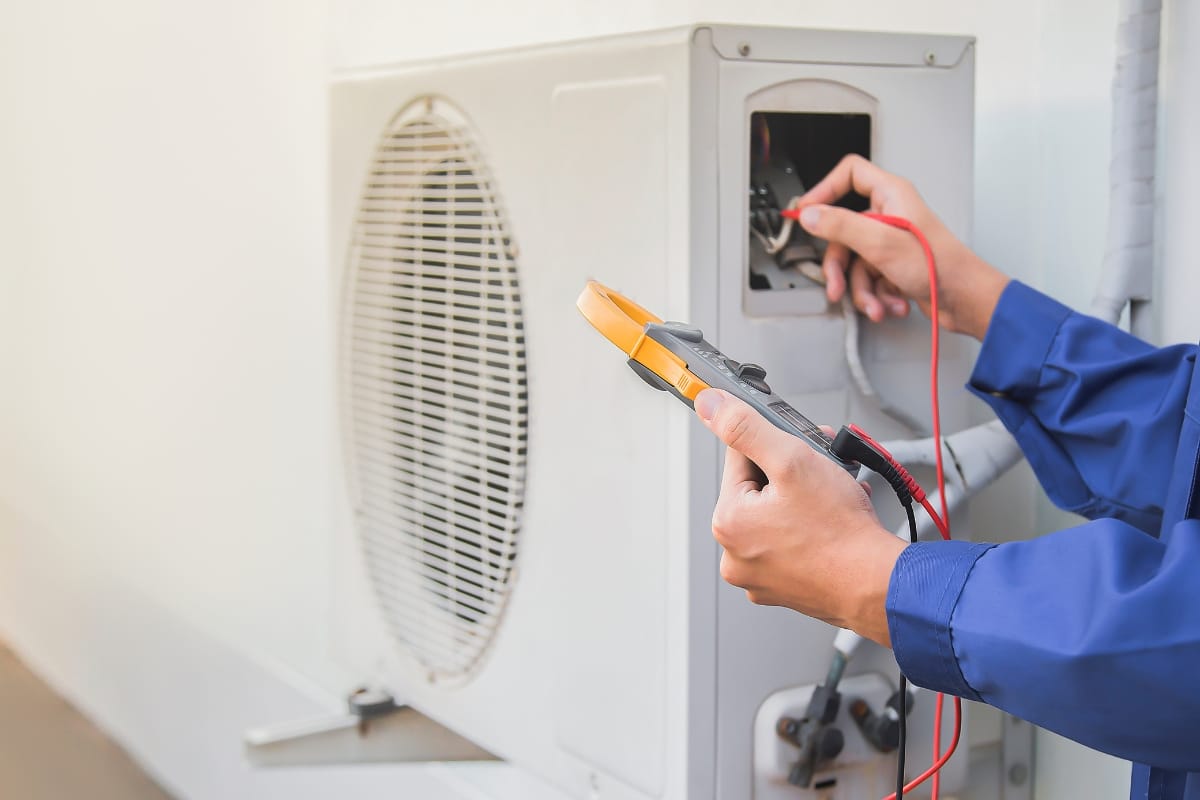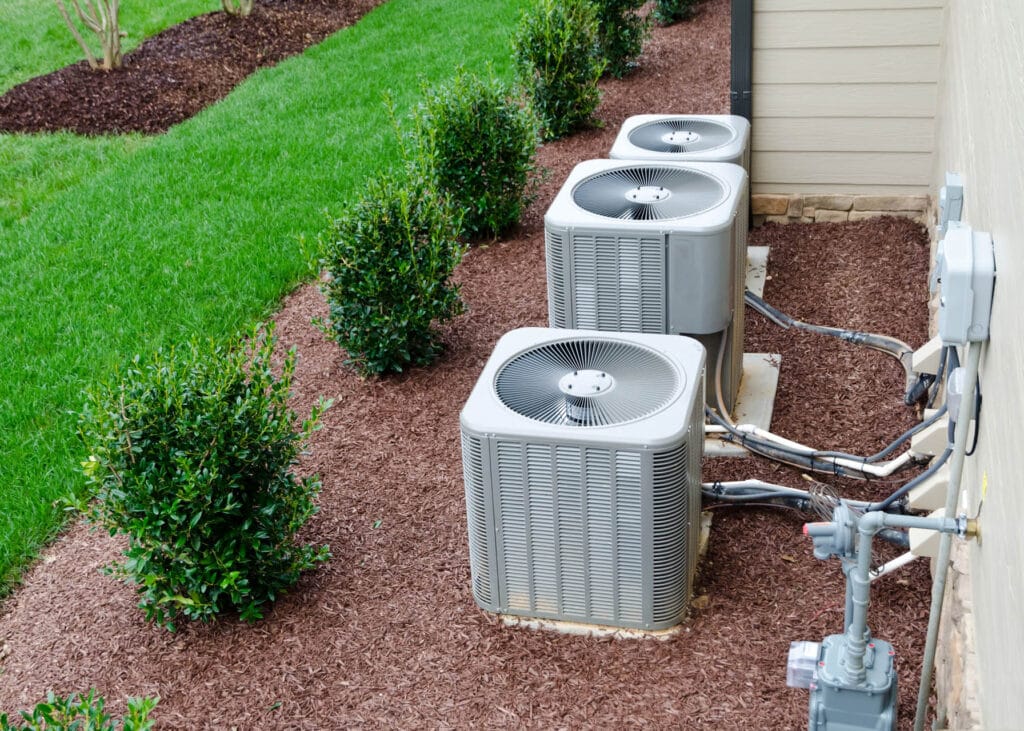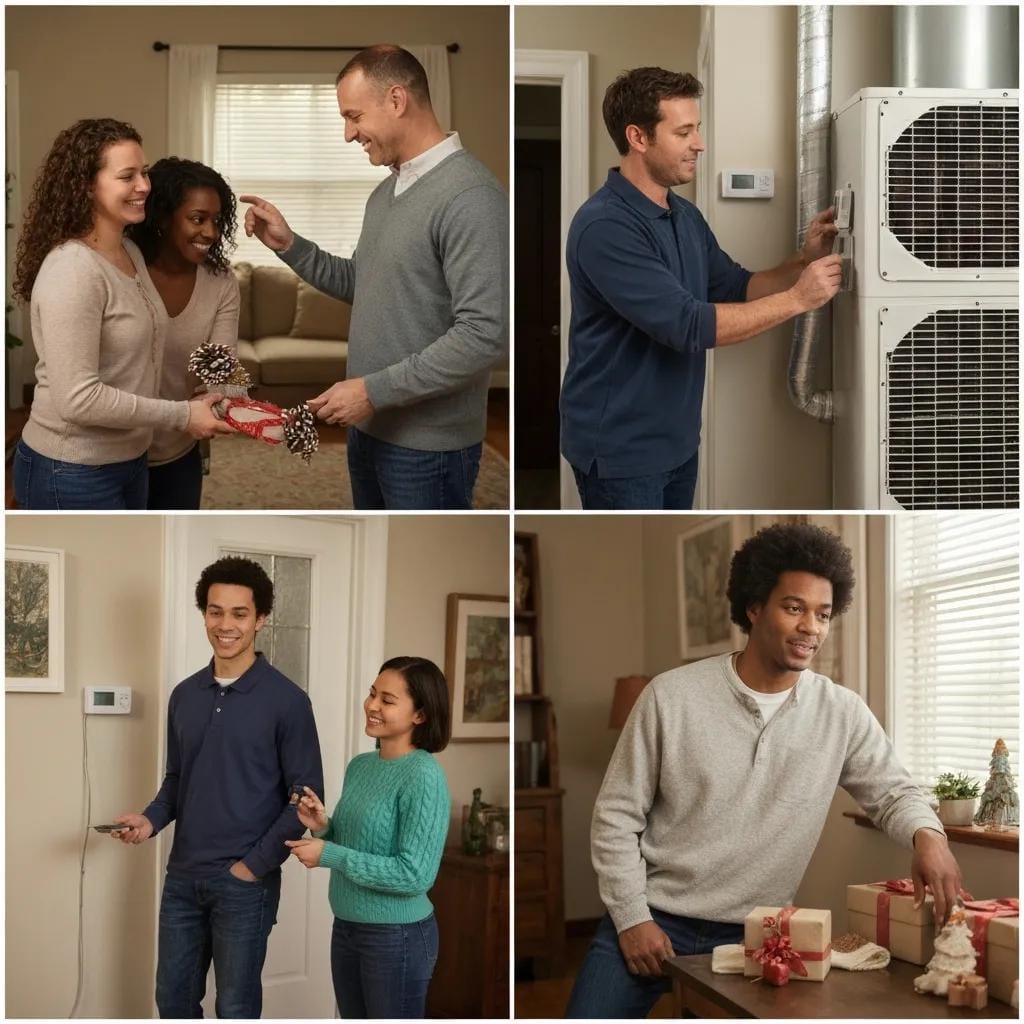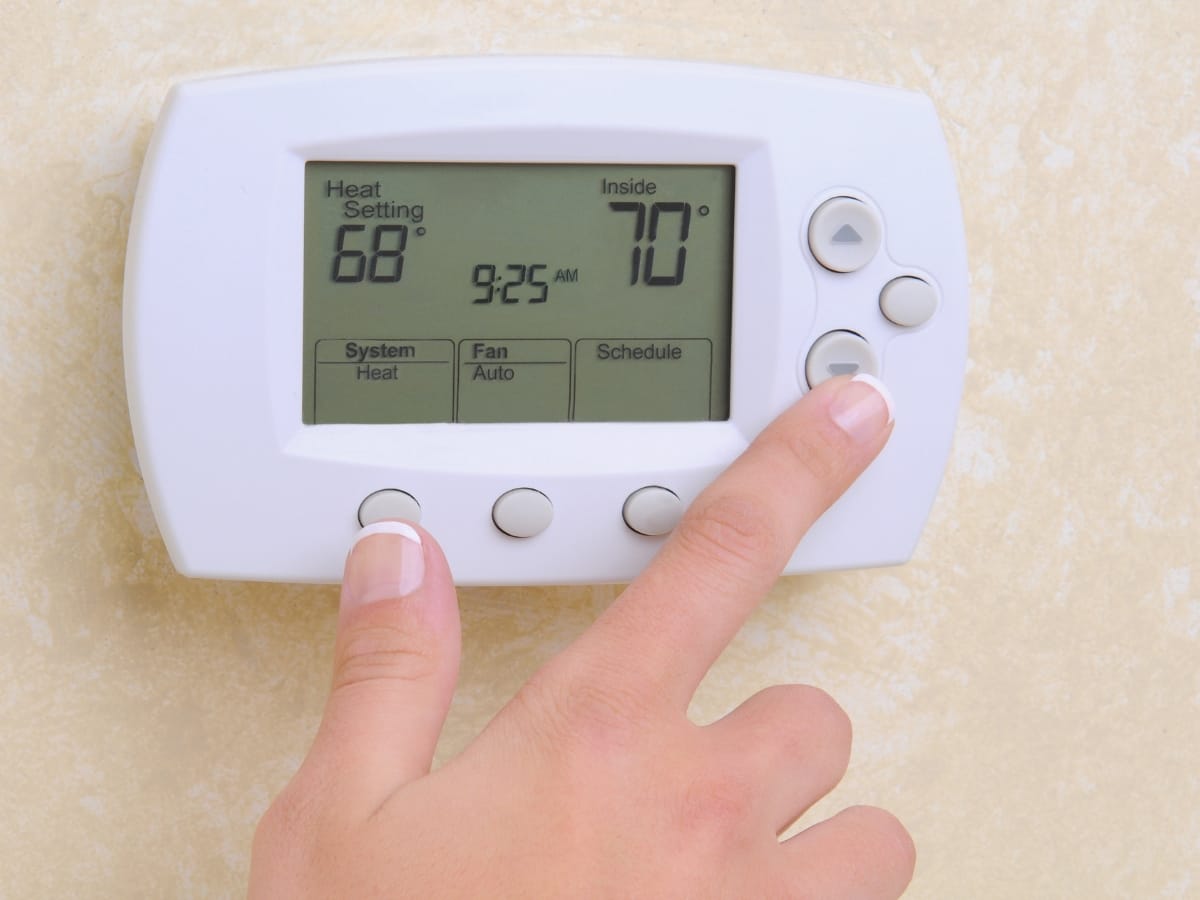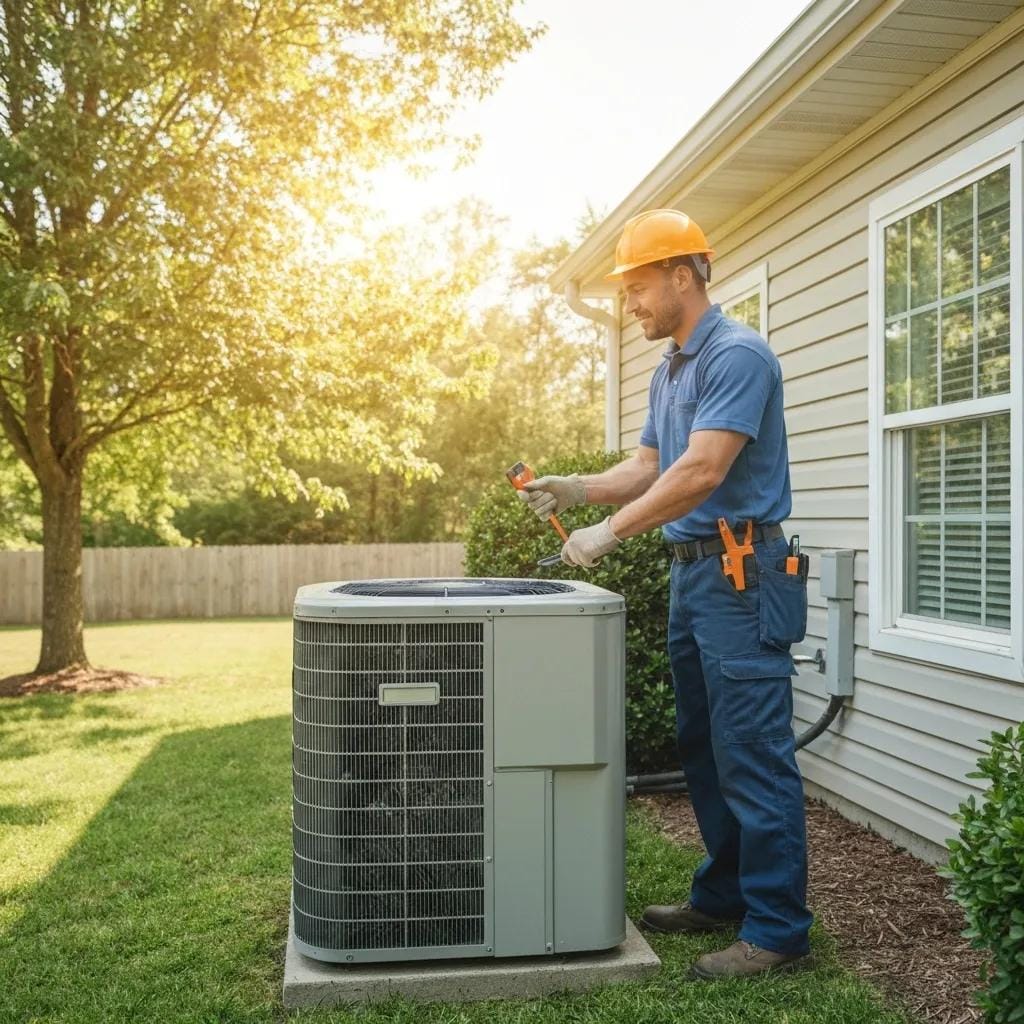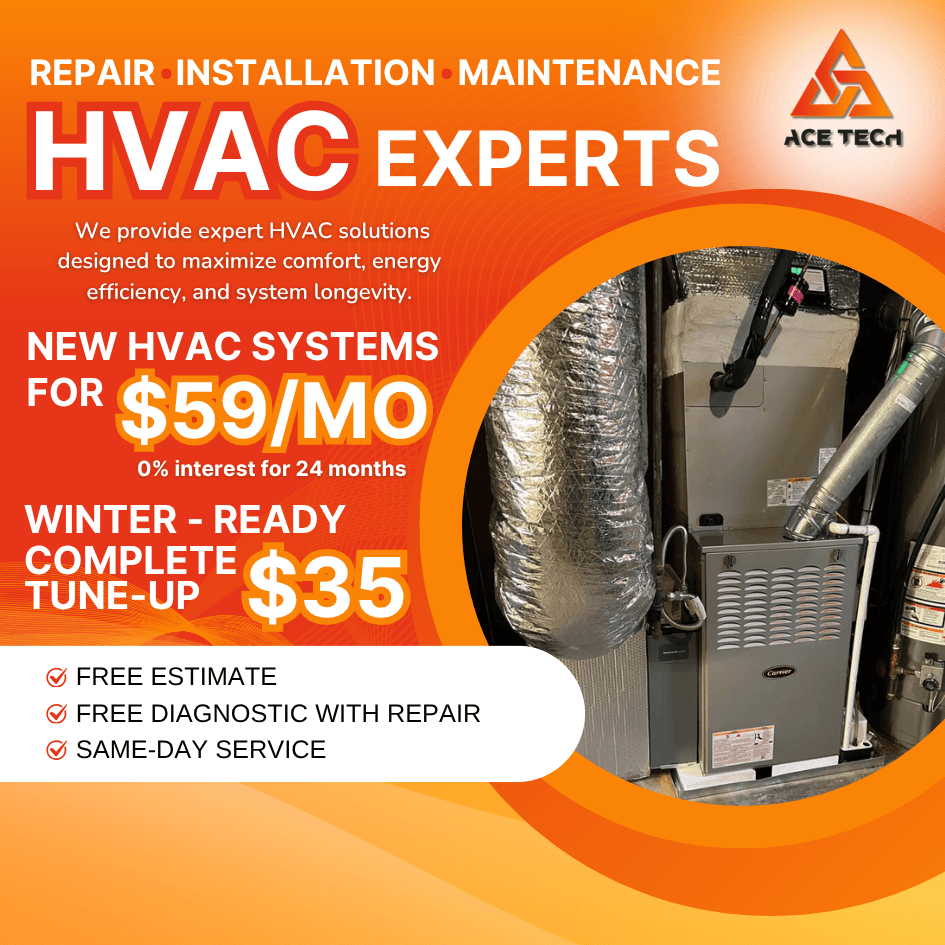When it comes to choosing an HVAC system, understanding SEER ratings isn’t just helpful—it’s essential. SEER, or Seasonal Energy Efficiency Ratio, measures how efficiently your air conditioner or heat pump performs over an entire cooling season. A higher SEER rating means better energy performance, which translates to lower utility bills and a smaller environmental footprint. But what do the numbers really mean, and how can they guide your purchasing decision? In this guide, we’ll break down everything you need to know about SEER rating HVAC system and explain why paying attention to this number can lead to big savings and long-term comfort.
SEER Rating HVAC Explained: Save Money and Stay Cool
What is a SEER Rating HVAC System and How Does It Work?
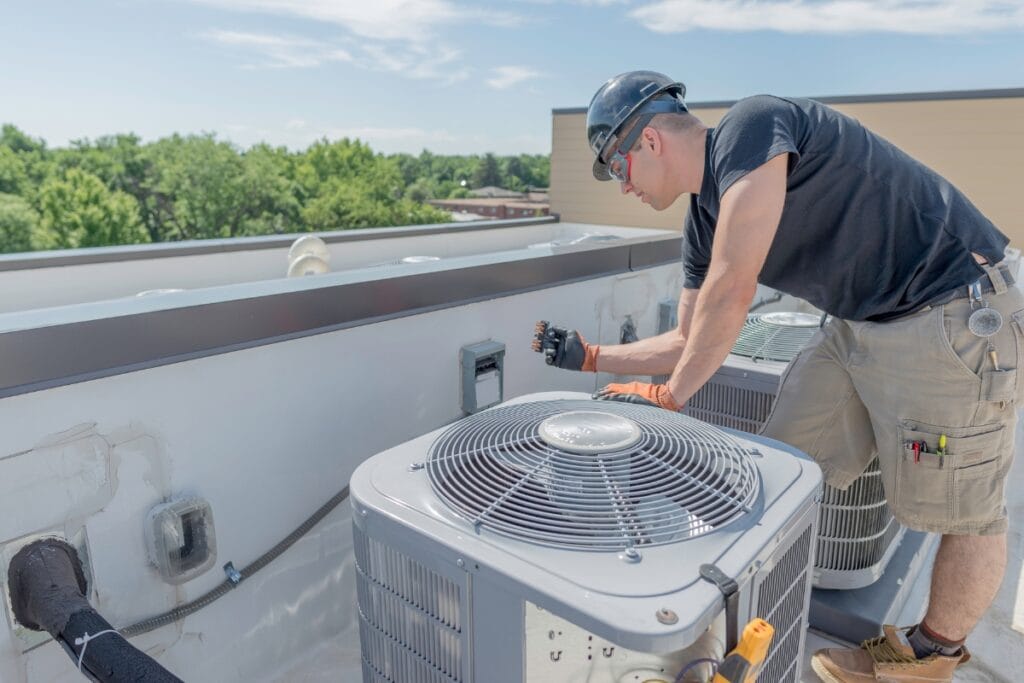
The SEER rating, which stands for Seasonal Energy Efficiency Ratio, is a key number to look at when buying an air conditioner or heat pump. It measures how efficiently a cooling system works over the course of a typical warm-weather season. In simple terms, the SEER rating shows how much cooling a unit can provide for each unit of electricity it uses. The higher the SEER number, the more efficient the system.
To calculate SEER, manufacturers divide the total amount of cooling the system provides (measured in BTUs) by the total energy it uses (measured in watt-hours). So if a unit has a SEER of 16, that means it produces 16 units of cooling for every 1 unit of electricity it consumes under test conditions.
You’ll often see units labeled with terms like “SEER 14,” “SEER 18,” or even “SEER 20.” These numbers are determined in lab settings under specific conditions, which means actual efficiency can vary in real-world use. Factors like how well your home is insulated, the quality of your ductwork, and how the system is installed will all affect performance. A poorly installed high-SEER unit won’t work as well as a properly installed lower-SEER one.
It’s also worth noting that as of 2023, the minimum SEER rating required for new systems is 14 in most of the United States, though some regions require even higher. Systems with SEER ratings in the 20s offer top-tier efficiency but usually come with a higher price tag upfront. However, they can save you money in the long run through lower monthly energy bills.
When choosing a system, it’s not just about picking the one with the highest SEER. Consider your home’s size, your climate, and your budget. In some cases, a mid-range SEER unit may be the better fit if the extra cost of a high-SEER system doesn’t make sense for your energy usage or location. Understanding how SEER works gives you a clearer picture of what you’re paying for, both upfront and down the line.
The Importance of SEER Ratings in HVAC Systems
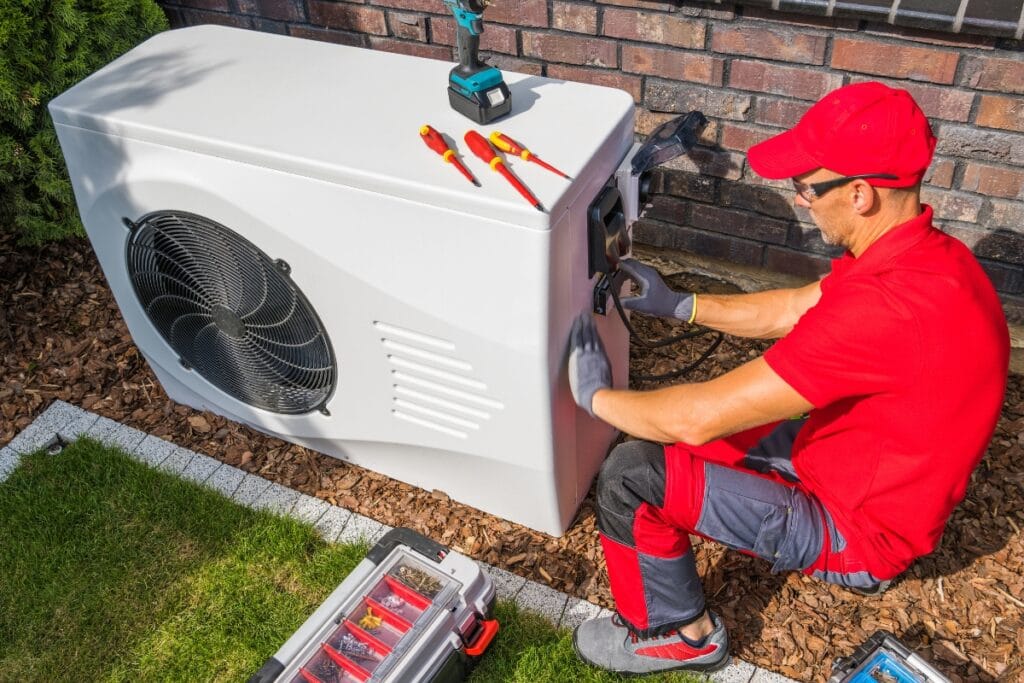
SEER ratings matter because they tell you exactly how much energy your HVAC system will use to keep your house comfortable. With electricity bills climbing every year and more people worried about their environmental impact, picking an efficient system makes financial sense.
Here’s how it works: a higher SEER rating means your unit uses less electricity to produce the same amount of cooling. This cuts your monthly utility bills and reduces the pollution from power plants that generate your electricity. The difference can be substantial over time. A 16 SEER unit uses about 23% less energy than a 13 SEER model.
Many local governments and utility companies offer cash rebates when you buy high-efficiency equipment. These rebates typically require meeting minimum SEER standards, sometimes 14 or 15 SEER depending on your location. The rebates can range from a few hundred to over a thousand dollars, which helps offset the higher upfront cost of efficient units.
High-efficiency systems also come with better technology. You’ll often get variable-speed compressors that adjust their output based on actual cooling needs instead of just turning on and off. Smart thermostats learn your schedule and preferences, automatically adjusting temperatures when you’re away or asleep. These features make your home more comfortable while using less energy.
The payback period for a higher SEER unit typically runs 3 to 7 years through energy savings alone. After that, you’re saving money every month compared to what you’d pay with a less efficient system. If you plan to stay in your home for several years, the investment usually pays off.
Installation quality affects SEER performance too. Proper ductwork, correct refrigerant levels, and accurate sizing all impact efficiency. A poorly installed high-SEER unit might perform worse than a properly installed standard unit.
When shopping for a new system, look at the yellow EnergyGuide labels that show estimated annual operating costs. Compare these costs between different SEER ratings to see potential savings in your specific situation. Understanding SEER ratings helps you make a smart choice that balances upfront costs with long-term savings while reducing your home’s environmental footprint.
How SEER Ratings Impact Energy Efficiency
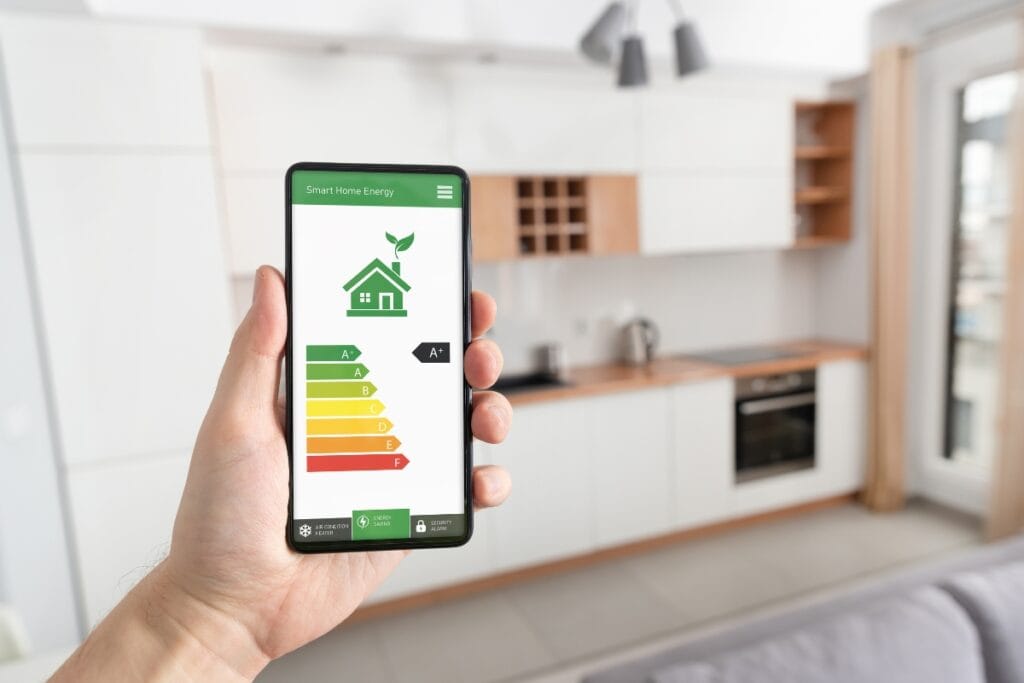
SEER ratings directly measure how efficiently your HVAC system uses electricity. The number represents how much cooling you get per unit of energy consumed, so higher numbers mean better efficiency and lower operating costs.
Modern high-SEER systems work differently than older units. Instead of just turning on full blast or shutting off completely, they use variable-speed compressors that adjust their output to match your cooling needs. When your house only needs a little cooling, the system runs at a lower speed using less power. When it’s really hot outside, it ramps up accordingly.
This variable operation keeps your home more comfortable too. Rather than big temperature swings that happen with on-off cycling, you get steady temperatures with fewer hot and cold spots. The system runs longer at lower speeds, which also removes more humidity from the air.
The efficiency difference between SEER ratings adds up quickly. A 20 SEER system uses about 25% less energy than a 16 SEER unit under the same conditions. During peak summer months when you’re running the AC constantly, this translates to real money. In hot climates like Arizona or Texas, the difference can be $50 to $100 per month on your electric bill.
Peak demand periods cost you more money too. Most utility companies charge higher rates during afternoon and early evening hours when everyone’s running their air conditioning. High-SEER systems draw less power during these expensive periods, saving you even more.
The seasonal aspect matters because SEER ratings reflect performance across different outdoor temperatures. A system might be very efficient on mild 75-degree days but less efficient when it’s 95 degrees outside. Higher-rated systems maintain better efficiency across the full range of conditions you’ll face during cooling season.
Refrigerant flow also plays a role in efficiency. Advanced systems can vary how much refrigerant circulates based on demand, similar to how the compressor speed changes. This fine-tuning helps the system operate at its most efficient point more often.
Over a typical 15-year lifespan, the energy savings from a high-SEER system can easily exceed the additional purchase price. The exact payback depends on your local electricity rates, how much you use the system, and regional climate conditions.
Maximize HVAC Energy Savings with the Right SEER Rating

Higher SEER units cost more upfront, but they usually pay for themselves through lower electric bills. A 20 SEER system can use 50% less energy than an old 10 SEER unit. That difference shows up on your monthly bill right away.
Here’s a real example: say your current system costs $200 per month to run during summer. Upgrading to a high-efficiency unit might drop that to $120 per month. The $80 monthly savings adds up to $480 during a six-month cooling season. Over five years, you’d save $2,400 just in electricity costs. The payback period depends on your situation. If electricity is expensive in your area and you run the AC often, you’ll see faster returns. Hot climates like Florida or Nevada typically see payback in 3 to 5 years. Milder regions might take 6 to 8 years.
High-efficiency systems also cost less to maintain. They run smoother because variable-speed technology reduces stress on components. Instead of constantly starting and stopping at full power, these systems gradually ramp up and down. This gentler operation means compressors, motors, and fans last longer.
Fewer breakdowns save money too. Service calls typically cost $150 to $300 each time. If your efficient system needs one less repair per year, that’s additional savings on top of the energy costs. Some utility companies offer time-of-use pricing where electricity costs more during peak hours. High-SEER systems draw less power during these expensive periods, increasing your savings even more.
The math gets better over time as electricity rates increase. What saves you $80 per month today might save $100 per month in a few years as utility rates go up. Factor in potential rebates from local utilities or tax credits, and the payback period shrinks further. Many areas offer rebates of $300 to $1,000 for installing high-efficiency equipment. When you add up energy savings, reduced maintenance costs, and available incentives, investing in a higher SEER rating usually makes financial sense for most homeowners.
Comparing Low vs. High SEER Rating HVAC Systems
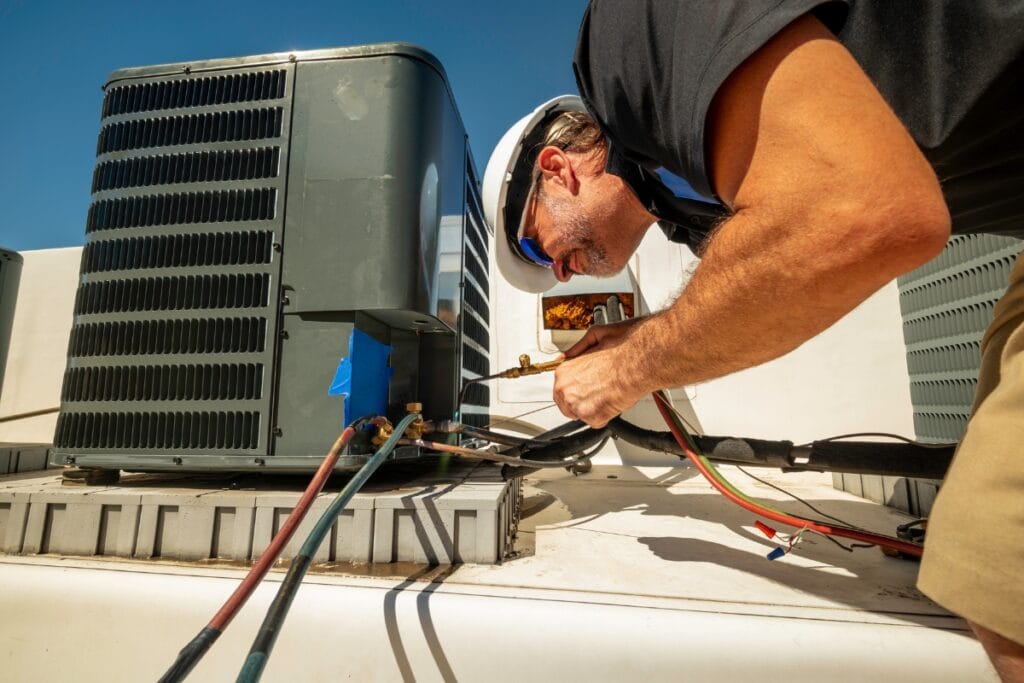
The difference between low and high SEER systems goes beyond just the sticker price. Low SEER units (usually 13-14 SEER) cost less upfront but end up costing more over time through higher electric bills.
Basic low-SEER systems work like an old-fashioned thermostat. They blast cold air at full power until your house reaches the set temperature, then shut off completely. When the temperature creeps up a degree or two, they kick back on at full blast again. This on-off cycling wastes energy and creates hot and cold spots throughout your home.
You’ll notice the difference right away. These systems are louder when they start up, and some rooms stay warmer than others. The constant cycling also means your humidity levels bounce around, making your house feel sticky even when the temperature seems right.
High SEER systems (16 SEER and up) use variable-speed technology that changes everything. Instead of full power or nothing, they can run at 25%, 50%, 75%, or 100% capacity depending on what your house needs. On mild days, they might run continuously at low speed, using less power while keeping temperatures rock steady.
The comfort difference is noticeable. High-SEER systems run quieter, maintain consistent temperatures between rooms, and do a better job removing humidity. Your house feels more comfortable at the same thermostat setting. The technology makes a difference too. Better heat exchangers transfer heat more efficiently. Improved fan designs move air using less electricity. Smart controls learn your patterns and adjust automatically.
For homes in hot climates that run AC for months at a time, high-SEER systems usually pay for themselves within 5 years. Even in moderate climates, the improved comfort and lower bills make them worth considering. The key is matching the system to your situation. If you rarely use AC, a basic unit might make sense. But if you’re running it daily for several months, investing in efficiency pays off.
Factors to Consider When Choosing an HVAC System Based on SEER Ratings
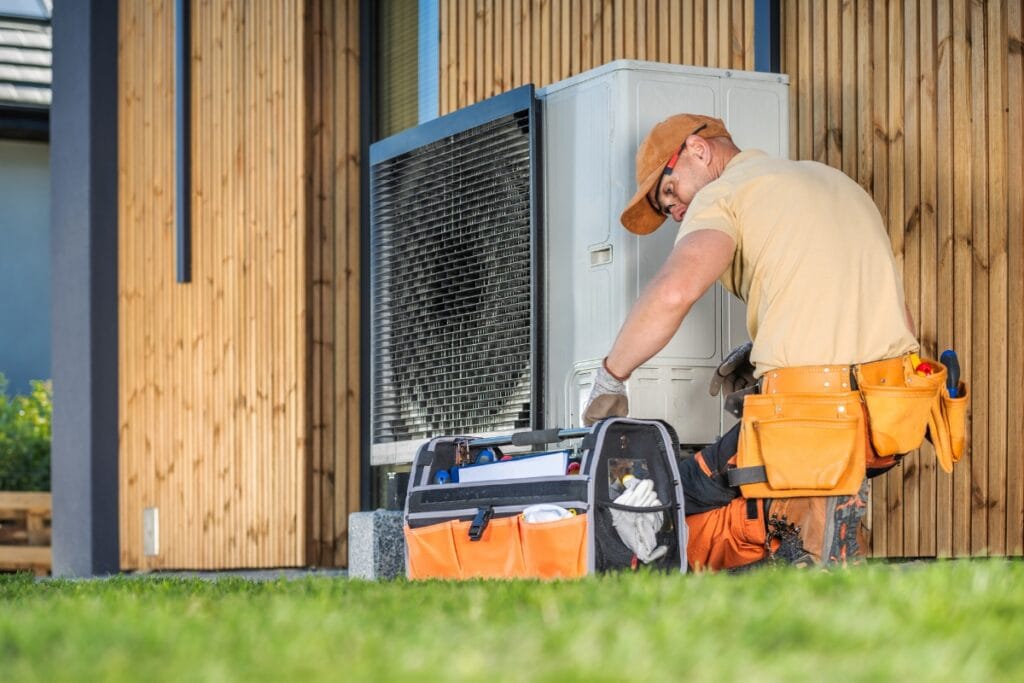
Picking the right SEER rating isn’t just about buying the highest number you can afford. Several factors determine what makes sense for your situation. Your climate matters most. If you live in Phoenix or Miami where AC runs 6-8 months per year, investing in 18-20 SEER makes financial sense. The energy savings add up quickly when you’re cooling constantly. But in Seattle or Denver where you might only run AC for 2-3 months, a 14-16 SEER unit could be the smarter choice.
House size and layout affect efficiency too. Large homes or those with multiple floors need systems that can handle varying loads throughout the day. High-SEER variable-speed systems excel in these situations because they adjust output based on demand.
Your current ductwork plays a huge role that people often overlook. Leaky or poorly insulated ducts can waste 20-30% of your cooling capacity. Installing a high-SEER system with bad ductwork is like buying a Ferrari and driving it with flat tires. Get your ducts inspected and sealed before upgrading.
How you use your system matters too. If you keep the house at 68 degrees all summer, you’ll see bigger savings from high efficiency than someone who only runs AC occasionally. Families that are home all day benefit more from efficient systems than those who leave for work and turn the thermostat up. Installation quality can make or break efficiency. A properly sized 16 SEER system will outperform an oversized 20 SEER unit. Make sure your contractor calculates the correct system size using Manual J load calculations, not just square footage rules of thumb.
Check for local rebates before buying. Many utilities offer $300-1000 rebates for high-efficiency systems. Some areas also have financing programs with low interest rates for energy upgrades. ENERGY STAR certified units meet strict efficiency and performance standards. They’re a good starting point, but don’t stop there. Look at actual SEER numbers and features that matter for your specific needs.
Tips for Improving SEER Efficiency in Your Current HVAC System
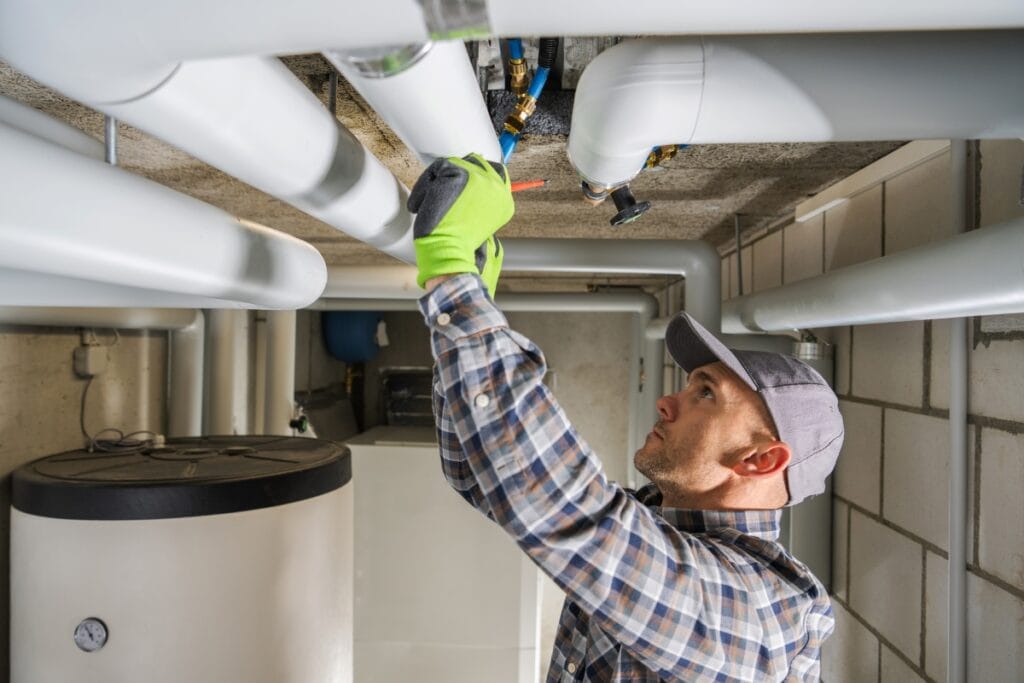
You don’t need a new system to boost efficiency. Several upgrades can make your current unit perform better and cut your energy bills. Start with basic maintenance that most people skip. Change your air filter every month during heavy use periods. A dirty filter forces your system to work harder, wasting energy and shortening equipment life. Clean the outdoor unit too. Hose off the condenser coils and clear away grass, leaves, and debris within two feet of the unit.
Schedule annual tune-ups with a qualified technician. They’ll check refrigerant levels, clean coils thoroughly, lubricate moving parts, and catch small problems before they become expensive repairs. A well-maintained system can run 15-20% more efficiently than a neglected one.
Upgrade your thermostat to a programmable or smart model. These can automatically raise the temperature when you’re away and cool the house before you return. Even raising the temperature 3-4 degrees during the day saves substantial energy. Smart thermostats learn your schedule and adjust automatically. Fix your ductwork, which is often the biggest energy waster. Leaky ducts in attics or crawl spaces can lose 25-40% of your cooled air before it reaches living spaces. Seal joints with mastic or foil tape, and add insulation around ducts in unconditioned areas. This upgrade often pays for itself within two years.
Improve your home’s insulation and air sealing. Add insulation to your attic if it’s less than 12 inches deep. Seal air leaks around windows, doors, and where pipes or wires enter walls. Install window treatments that block afternoon sun on south and west-facing windows.
Consider a whole-house fan for evening cooling in dry climates. These pull cool outside air through the house after sunset, reducing AC runtime. Small upgrades add up. Combining several of these improvements can boost your system’s effective efficiency by 20-30%, similar to upgrading from a 13 SEER to 16 SEER system but at a fraction of the cost.
Common Misconceptions About SEER Ratings
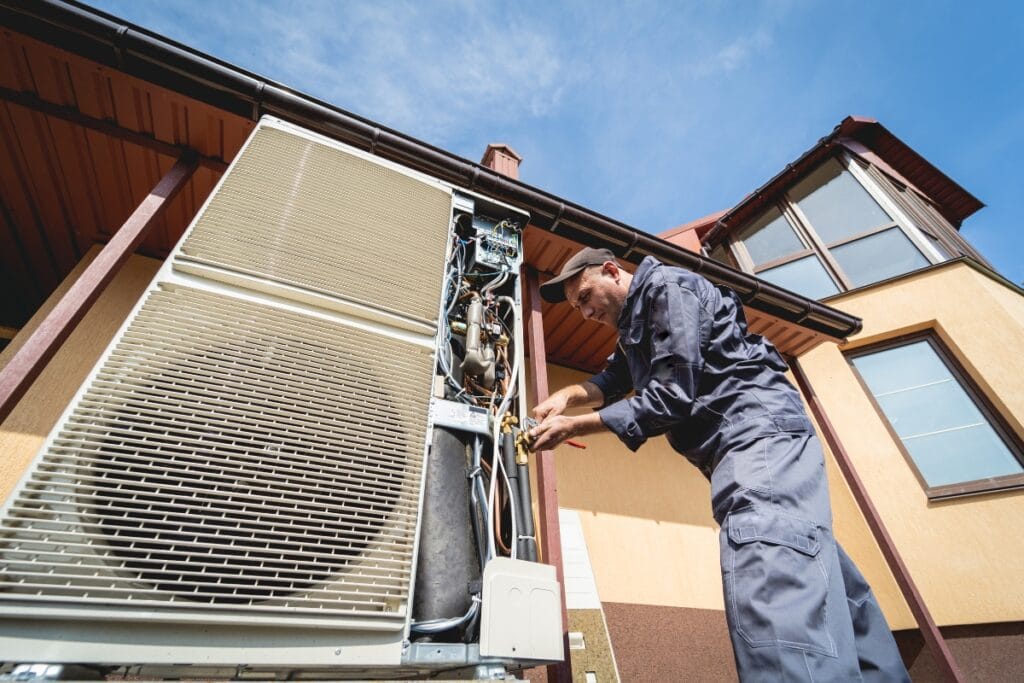
Several myths about SEER ratings can lead to poor buying decisions. Understanding the facts helps you make smarter choices.
- Myth: Higher SEER always saves more money: This isn’t always true. A 20 SEER system costs significantly more than a 16 SEER unit, but in mild climates, you might never recoup the extra cost. If you only run AC three months per year, the premium for ultra-high efficiency doesn’t make financial sense. Focus on your actual usage and local electricity rates, not just the highest SEER number available.
- Myth: SEER ratings apply to heating too: SEER only measures cooling efficiency. For heat pumps that provide both heating and cooling, heating efficiency uses a different rating called HSPF (Heating Seasonal Performance Factor). Don’t assume a high SEER rating means great heating performance. Check both numbers if you’re buying a heat pump.
- Myth: Smaller systems are more efficient: Many people think a smaller, high-SEER unit will save more energy than a properly sized standard unit. This backfires badly. An undersized system runs constantly but never reaches the set temperature, wasting energy and wearing out faster. An oversized system short-cycles, turning on and off frequently without running long enough to remove humidity properly.
- Myth: SEER ratings are tested in real-world conditions: SEER ratings come from laboratory testing under ideal conditions. Your actual efficiency will likely be lower due to factors like ductwork losses, installation quality, and maintenance. A poorly installed 18 SEER system might perform worse than a well-installed 14 SEER unit.
- Myth: All high-SEER systems are quieter: While many high-efficiency systems run quieter due to variable-speed technology, SEER rating alone doesn’t guarantee low noise levels. Check decibel ratings and features like sound blankets if noise is a concern.
The key is matching the system to your specific needs rather than chasing the highest numbers on paper.
Conclusion: Harnessing the Power of SEER Ratings for a More Efficient Future
Choosing the right SEER rating for your HVAC system requires balancing upfront costs, long-term savings, and your specific home conditions. While higher SEER ratings offer better efficiency and lower operating costs, the best choice depends on your climate, usage patterns, and budget. Proper installation and regular maintenance are just as important as the SEER rating itself for achieving optimal performance and efficiency.
Ready to upgrade your HVAC system or need expert advice on the best SEER rating for your home? Contact Ace Tech at 404-369-9100 to speak with experienced professionals who can assess your needs and recommend the most cost-effective HVAC solutions. Visit our website for a free quote and discover how the right SEER rating can start saving you money today.

